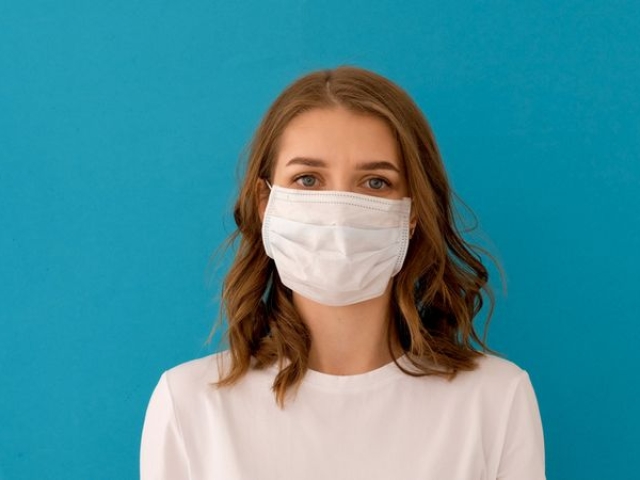
A Longitudinal Look at the Impact of Lockdown on Sexual Health

Introduction
The COVID-19 pandemic prompted government-mandated lockdowns and social restrictions in countries all over the world. While lockdown measures helped to reduce the spread of this highly contagious virus, they also had an effect on many individuals’ mental and sexual health.
In fact, several studies have reported on the negative effects that COVID-19-related social restrictions had on sexual health. Factors such as increased anxiety and depression at this time of uncertainty were found to be associated with decreased sexual desire in some people. Additionally, the separation of sexual partners due to quarantine decreased the frequency of sexual activity for many couples. Those who did not live with their sexual partners at the time of lockdown may have had to endure prolonged periods of separation, and those who did not have a sexual partner at the beginning of lockdown were not easily able to seek one. These situations led to increased loneliness in many cases.
While these impacts are fairly well-documented in recent literature, few studies have looked at the effect of lockdown on psychological and sexual health at multiple points in time, including the point when lockdown measures were lifted. The present study assessed the sexual and mental health of a large sample of Italian citizens at the start of lockdown in March 2020, 15 days after the start of lockdown, and one month after the end of lockdown.
Methods
A large convenience sample of Italian citizens was recruited for this study via social media, newspaper ads, and television news programs.
All participants were asked to complete multiple questionnaires at three points in time: the beginning of lockdown, 15 days into lockdown, and one month after the end of lockdown. The following self-report measures were used to assess the individuals’ mental, physical, and sexual health:
- The Beck Depression Inventory Primary Care was used to assess depression levels.
- The General Health Survey provided a measure of generic health including physical, social, emotional, and medical health.
- The UCLA Loneliness Scale - Version 3 evaluated loneliness levels.
- The Female Sexual Function Index was used to assess the sexual health of the female participants.
- The International Index of Erectile Function was used to assess the sexual health of the male participants.
Participants also provided the following demographic and social information: age, region of residence, gender identity, educational level, sexual orientation, marital status, tobacco and alcohol use habits, drug therapy, whether they had comorbidities, COVID positivity, hospitalized relatives for COVID, workplace location, and whether they were quarantined alone or with family members.
Results
A total of 2,543 Italian citizens participated in this study and were included in the final analysis. About half of the participants (47.2%) were men, 43.4% were women, and 9.4% did not provide gender information. The average age of the men in the study was 48.3 years, while the average age of the women was 43.9 years.
More than half of the men (59.1%) reported mild to severe erectile dysfunction and the start of lockdown, and an even greater proportion of the women (68.4%) reported female sexual dysfunction. These levels remained about the same at 15 days into lockdown, but those who were sexually active at the start of the study saw decreases in their sexual function scores.
At the final check-in (one month after the end of lockdown), the participants reported an overall improvement in sexual function. The incidence of severe erectile dysfunction among the male participants decreased from 37.1% to 24.1% from the start of lockdown to one month after the end of lockdown. In this same time period, the rate of female sexual dysfunction decreased from 68.4% to 51.2%.
Discussion & Conclusion
Though this study lacked pre-pandemic data on the participants’ mental and sexual health, it does provide a view into how sexual functioning recovered after lockdown measures were lifted. This is an important finding because it suggests that while global issues such as the COVID-19 pandemic may temporarily worsen sexual health, health outcomes can improve again.
The authors concluded: “Social restrictions due to the COVID-19 pandemic had a detrimental impact on sexual function of both genders especially for sexually active patients living in loneliness and those with worse physical health-being…However, a significant recovery was observed at the end of the restrictions, thus suggesting that the psycho-physical impact of the pandemic should not leave permanent consequences on sexual function.”
Resources:
- Vedovo, F., Capogrosso, P., Di Blas, L., Cai, T., Arcaniolo, D., Privitera, S., Palumbo, F., Palmieri, A., & Trombetta, C. (2022). Longitudinal Impact of Social Restrictions on Sexual Health in the Italian Population. The journal of sexual medicine, 19(6), 923-932. DOI: https://doi.org/10.1016/j.jsxm.2022.03.607

